Emu Facts
- The most frequently used, and surprisingly simple, term for this extraordinary product of Nature and evolution is that of the Emu. For the moment, this amazing avian has no other broadly accepted general title. Though that’s certainly not unknown, it’s unusual.
- Those within the scientific community, however, typically employ a far different name for the reamarkable creature. That tag, though, is somewhat difficult for the layperson to pronounce. That’s because this avian holds the technical moniker Dromaius novaehollandiae.
- The enormous bird received that specific designation due to the efforts of John Latham. The highly respected English naturalist accomplished the first recognition of the animal as a separate and distinct species. He achieved that scientifically noteworthy deed in the year 1790.
- This fabulous species actually holds several claims to fame. This holds true, in part, due to the fact that the natural wonder represents the second-tallest of all known extant birds. It’s also the largest bird native to its region of the earth, and the only surviving member of its Genus.
- In the past, the population of the awesome Emu plummeted sharply, largely due to several forms of interference from mankind. Thankfully, however, the creature eventually became a protected species. Since then, its numbers have slowly returned to a reasonably stable point.
- The IUCN therefore currently lists it as Least Concern on its published Red List. Nevertheless, it still faces several potential threats to its continued existence. Most of those, once again, stem from the actions of man. They include habitat loss and the effects of climate change.
Related Articles
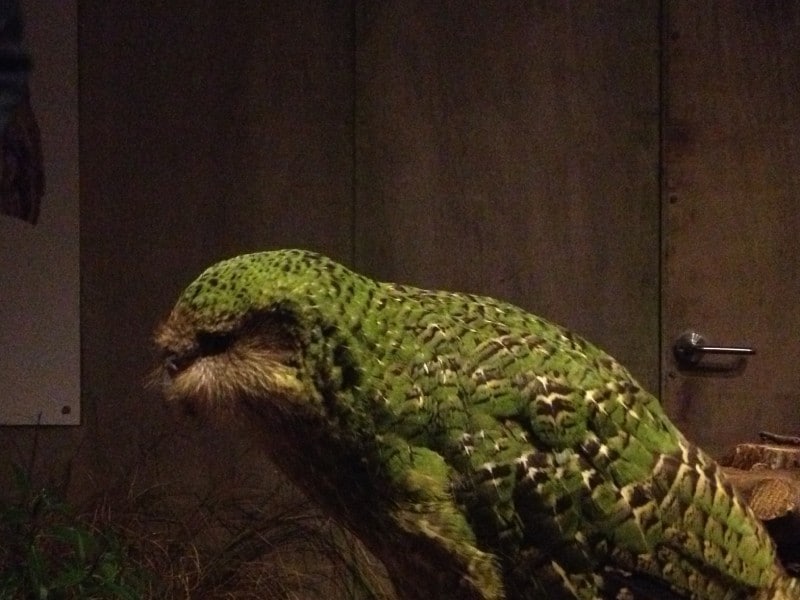
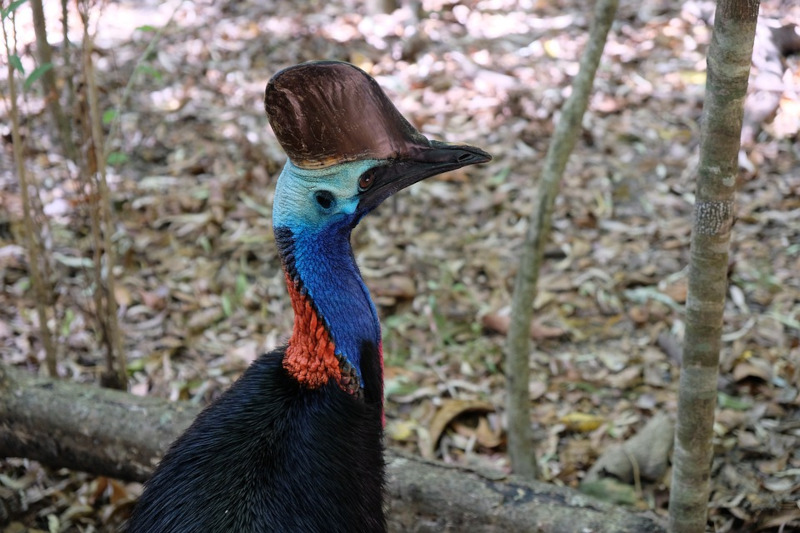
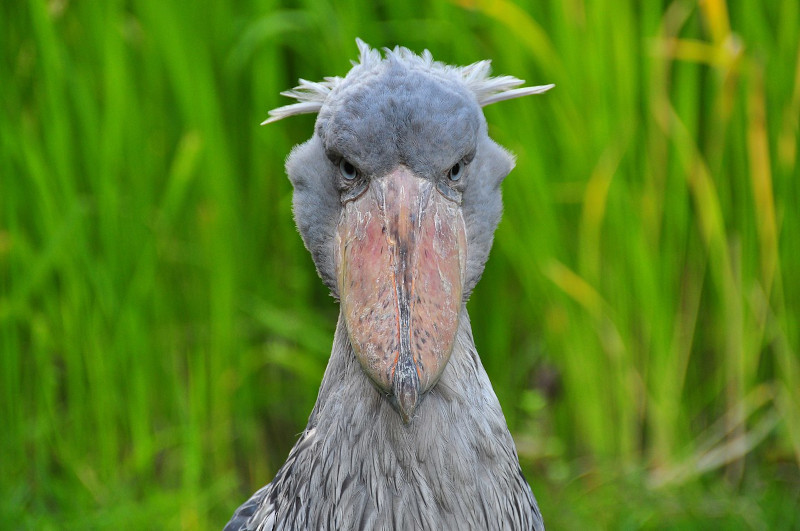
Emu Physical Description
The extraordinary Emu never fails to amaze those individuals fortunate enough to encounter one of these flightless wonders of Nature in the wild. It does so due to both its distinctive appearance and sheer size. It’s the second of these, however, that typically earns it the most most respect.
In that regard, though, it follows a pattern common to many of its numerous kindred around the globe. That’s manifested in the fact that it displays a certain amount of the physiological trait of sexual dimorphism. In its case, that trait manifest itself in terms of pure dimensions.
More precisely, females of the species generally attain a greater size than their male counterparts. That also holds true in several respects. The overall gender-based difference isn’t especially extreme, however. This often makes distinguishing the sexes visually difficult for the untrained.
When measured from the bill to the tail, males of this marvel of Nature average about 58.5 in (1.49 m). Females, meanwhile, reach a mean length here equaling approximately 61.7 in (1.57 m). In height, exceptional individuals of both sexes sometimesreach as much as 59 – 75 in (1.5 – 1.9 m).
Body weights also vary significantly between specimens, wholly regardless of gender. This aspect ranges from as little as 40 lb (18.1 kg ) to as much as 132 lb (59.9 kg). Averages, however, equal roughly 69 lb (31.5 kg ) for males and 82 lb (37 kg) for females, who also have wider rumps.
The fabulous Emu possesses vestigial wings only. Remarkably, each of these appendages displays a sharp claw at the tip. The species is also renowned for its long neck and long, powerful legs. The feet of the animal have three toes, with each of these in turn having sharp, powerful talons.
The amazing creature also displays a fascinating pattern of coloring. The majority of its plumage presents as a distinctive grayish-brown, and displays a somewhat shaggy apperance. Yet, the tips and shafts of each feather is black. The neck, though, shows pale blue, and is lightly feathered.
- Kingdom: Animalia
- Phylum: Chordata
- Class: Aves
- Order: Casuariformes
- Family: Casuaridae
- Genus: Doramaius
- Species: D. novaeholiandiae
Emu Distribution, Habitat, and Ecology
Lamentably, the incredible Emu evolved as endemic to only a limited portion of the surface of the earth. Given its extremely distinctive nature, however, the location of that zone of habitation likely won’t surprise anyone. That’s because it’s native to parts of the beautiful continent of Australia.
Yet, it also previously inhabited the island of Tasmania. Today, however, the bird only appears on the mainland of the country. The animal disappeared from the island portion of its native territory shortly after the arrival of European explorers. It’s not known if it ever lived anywhere else.
The surprisingly versatile animal has proven itself to be moderately flexible in terms of its habitat choices, to the delight of ornithologists. It most often inhabits regions of savannah woodlands. After that, it seems to prefer areas of vegetation adapted to prolonged periods of heat and arid conditions.
Despite this, however, the intrepid product of Nature and evolution continues to live across much of the continent. Though it does not do so in the numbers it once did, it still appears on much of the east coast. Elsewhere, it’s seen in a variety of regions, including the Snowy Mountains.
Like many of its many relatives across the globe, the Emu also evolved as primarily diurnal in its behavior patterns. It thus spends much of its day either resting or looking for food. The animal additionally typically lives in small, loosely organized groups, being somewhat gregarious in nature.
The large avian feeds as an omnivorous species. Understandably, howevr, the diet often varies with the seasonal availability of food sources. It eats a wide variety of plants, both native and introduced species. It also consumes insects and other arthropods, such as grasshoppers and beetles.
Species Sharing Its Range
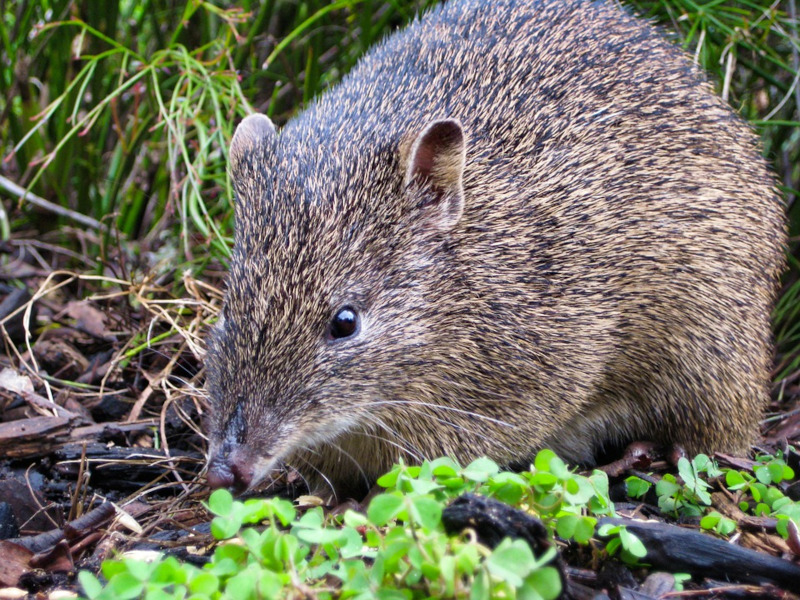


Check out our other articles on 5 Fabulous Animals of Cambodia, Cape Porcupine, Lake Itasca, Southern Stingray, Eastern Sweetshrub, Southern Darwin’s Frog, Jamaican Iguana
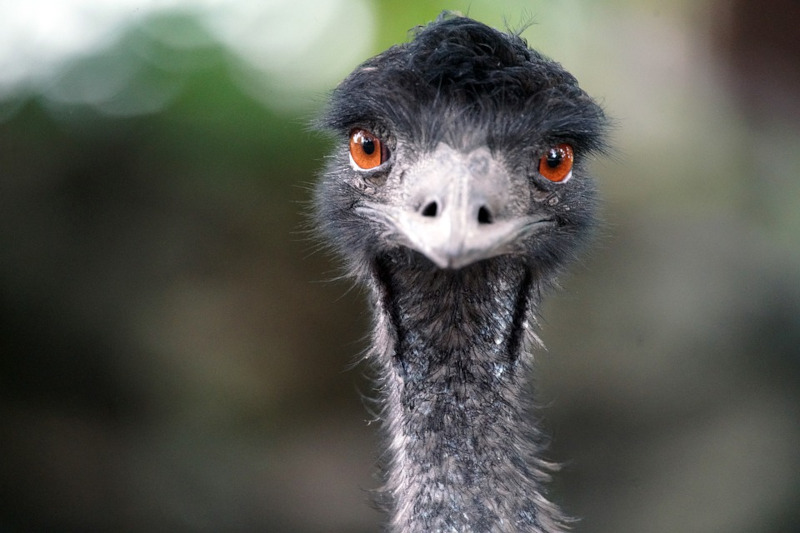
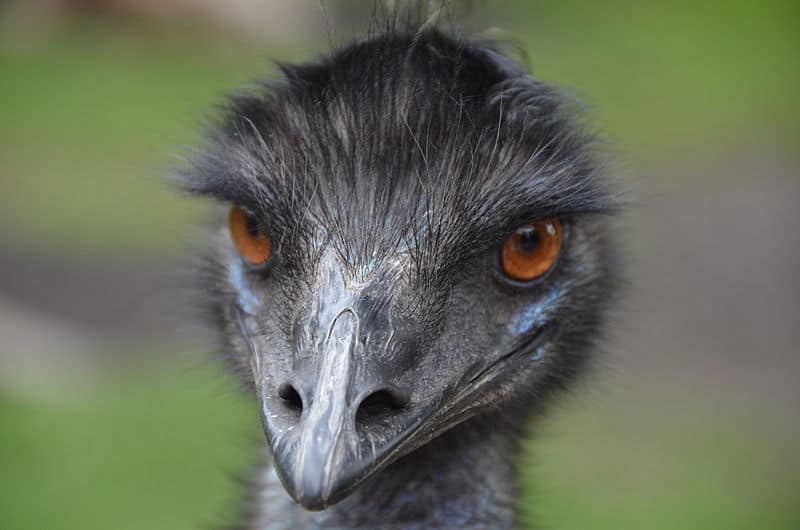
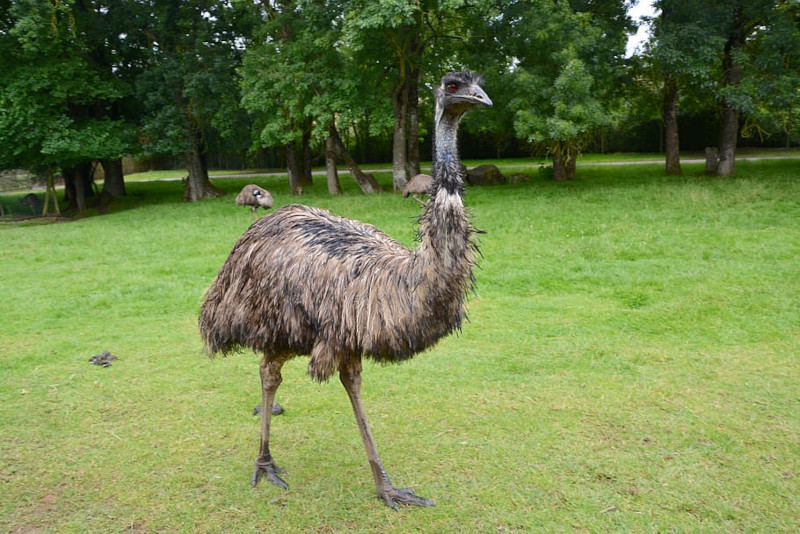









Leave a Reply